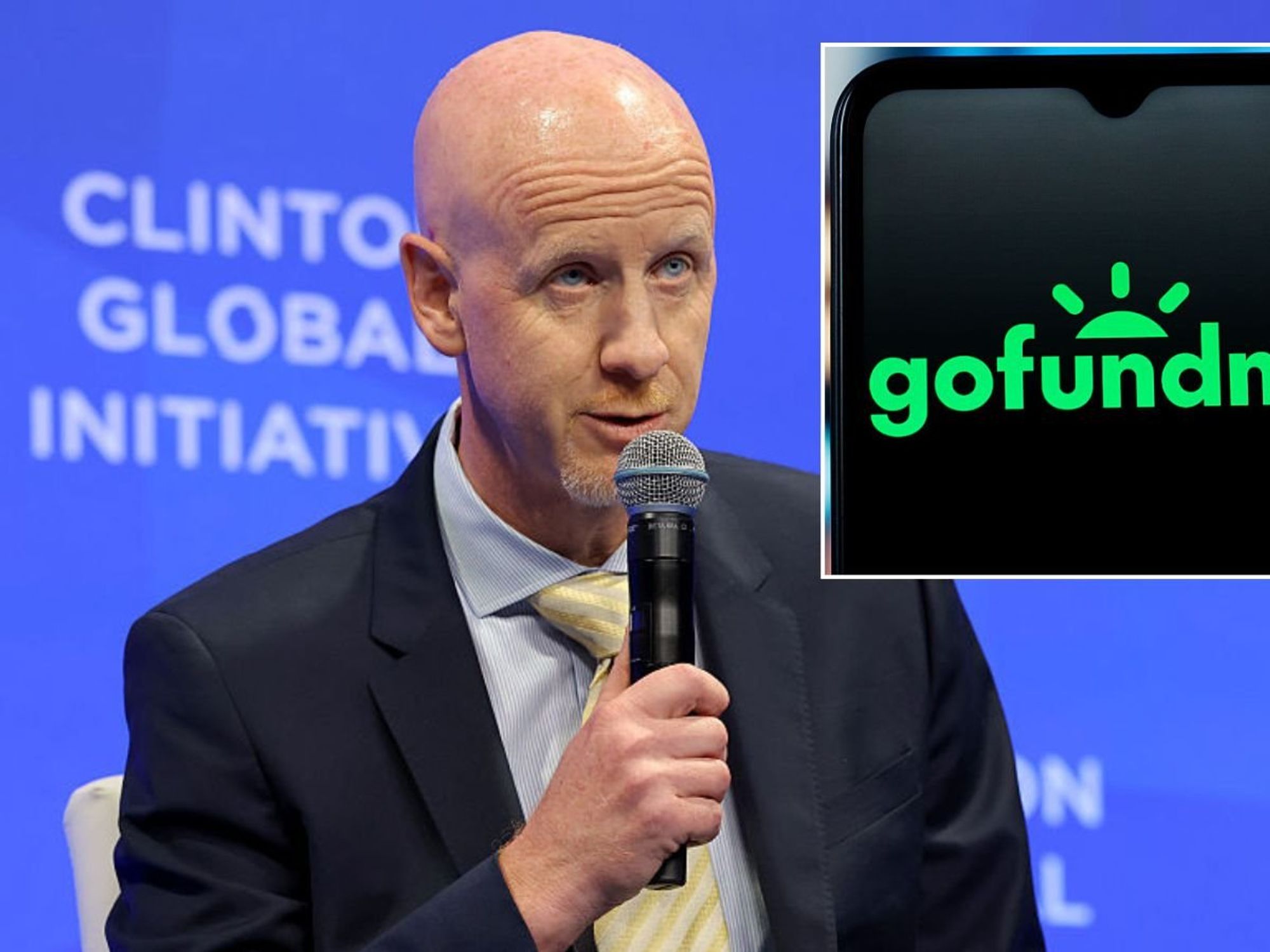Use Windows 10? You will be charged new fees if you refuse to switch to Windows 11

Windows 10, which launched back in 2015, is still used by millions of people worldwide
|MICROSOFT PRESS OFFICE

Microsoft will start charging users who want critical security updates and bug fixes
- Windows 10 will no longer be supported worldwide from October 2025
- Microsoft will charge for security fixes under its Extended Security Update plan
- Not every PC running Windows 10 can be upgraded to Windows 11
Don't Miss
Most Read
Refusing to upgrade to Windows 11 will soon cost you, Microsoft has confirmed. The US company has already confirmed that support for the hugely popular desktop operating system, which was released in July 2015 and marketed as the “final” version of Windows, will end in October 2025.
From that date onwards, Microsoft will no longer release fixes for bugs, patches for compatibility problems, and crucially, no emergency updates for security flaws.
Despite the looming deadline, Windows 10 remains immensely popular – with some estimates suggesting as many as three-quarters of the 1.4 billion Windows PCs worldwide are still powered by the operating system, which was available as a free upgrade to millions when it launched.
Using an operating system that's no longer supported will carry huge risks as security flaws that are being actively exploited by cybercriminals will not be fixed, leaving your data permanently exposed.
If you’re unable to upgrade to Windows 11, or simply want to stick with the operating system you're familiar with, Microsoft will now offer an olive branch ...albeit at a cost.
It has confirmed plans to introduce an Extended Security Updates (ESU) plan for Windows 10 users who want to stick with the operating system after its lifecycle ends. ESU will add an extra three years of paid support, extending the lifecycle of Windows 10 until the end of 2028.
Microsoft describes the optional subscription as “a last resort option for customers who need to run certain legacy Microsoft products past the end of support.” If you’re subscribed to Extended Security Updates, you’ll continue to receive important security updates and emergency bug fixes.
That should keep your personal information away from cyber crooks for an additional 36 months.
But how much will this reprieve cost? Unfortunately, there’s no word on exactly how much the Extended Security Updates plan will cost for Windows 10 users. However, with previous versions of Windows, Microsoft has increased the cost of its extended support each year to encourage users to upgrade.
When an ESU plan was introduced for Windows 7, Microsoft charged £9.57 for the first year, rising to £19.15 in the second year. That cost is per device, so things can become pretty pricey if you have a few devices (laptop, desktop PC, tablet) that you don’t fancy upgrading to Windows 11 ...or whatever comes next.
Support for the flagship “Pro” version of Windows costs even more, with Microsoft charging as much as $200 per device (£159 converted) for the third year of support in the United States.
Some industry watchers had speculated that Microsoft would be forced to offer extended support for Windows 10 at no extra cost due to the vast number of PCs still powered by the operating system. However, despite the widespread usage, Microsoft is seemingly set on charging for the privilege.
Confirming plans for paid ESU in a company blog, Microsoft said: “When Windows 10 reaches end of support, Microsoft will no longer provide bug fixes for issues, security fixes for vulnerabilities, time zone updates, or technical support for problems that might occur.
“With the EOS [End of Support] for Windows 10 coming in less than two years, now is the time to migrate to a modern OS,” it adds. “Ensure that your organisation isn’t left running unsupported software that is no longer receiving security updates. Organisations running legacy software are vulnerable to significant security risk and potential compliance violations.”
“While we strongly recommend moving to Windows 11, we understand there are circumstances that could prevent you from replacing Windows 10 devices before the end of support date,” the blog continues. “Therefore, Microsoft will offer Extended Security Update.
“The ESU program for Windows 10 will include critical and/or important security updates. ESUs do not include new features, customer-requested non-security updates, or design change requests. Technical support beyond the ESU itself is also not available.”
In a separate FAQ page, Microsoft confirms: “More details including pricing will be provided at a later date.”
There’s no guarantee that your current PC will be able to upgrade to Windows 11. With this rebooted operating system, Microsoft introduced several strict system requirements.

Windows 11 reworks the design of the operating system and brings the iconic Start Menu to the centre of the screen for the first time
|MICROSOFT PRESS OFFICE
Windows 11 only officially supports Intel’s 8th Generation (known as Coffee Lake) or Zen 2 CPUs and newer, leaving millions of devices sold with Windows 10 preinstalled unable to upgrade.
Following a public backlash, Microsoft did add a number of exceptions to its list of supported chipsets, including the 7th Generation Intel Core i7-7820HQ – a processor that was used in the Surface Studio 2, an all-in-one desktop machine that cost £3,549 at launch back in 2018.
Nevertheless, this marks the first time that Microsoft has enforced such specific processor requirements with its operating system upgrade.
In comparison, Windows 8 and Windows 10 only stipulated a 1GHz processor, at least 1GB of RAM, and 16GB of available storage. Windows 11 requires an Intel processor first launched in October 2017 as well as 4GB of RAM and 64GB of storage.
LATEST DEVELOPMENTS
According to Microsoft, the stricter silicon requirements enable a better experience for those running Windows 11, with a 60% reduction in malware thanks to the requirements that “enable protections like Windows Hello, Device Encryption, virtualization-based security (VBS), hypervisor-protected code integrity (HVCI) and Secure Boot.” It also claims a “99.8% crash free experience” on machines with components from its list of supported hardware.










